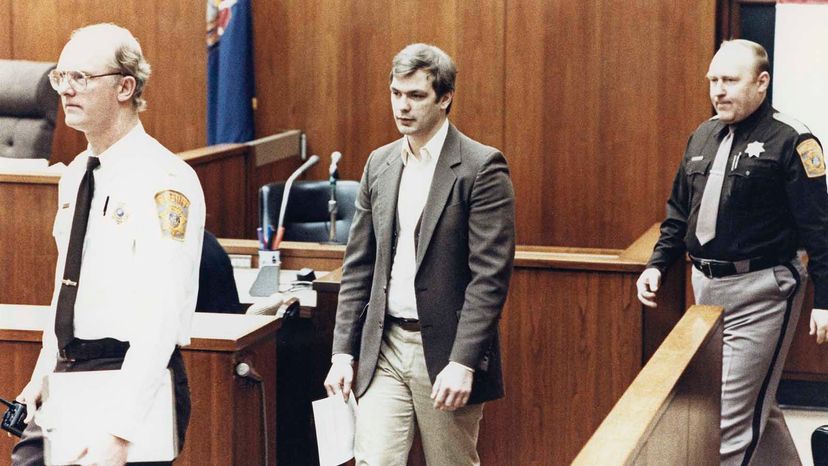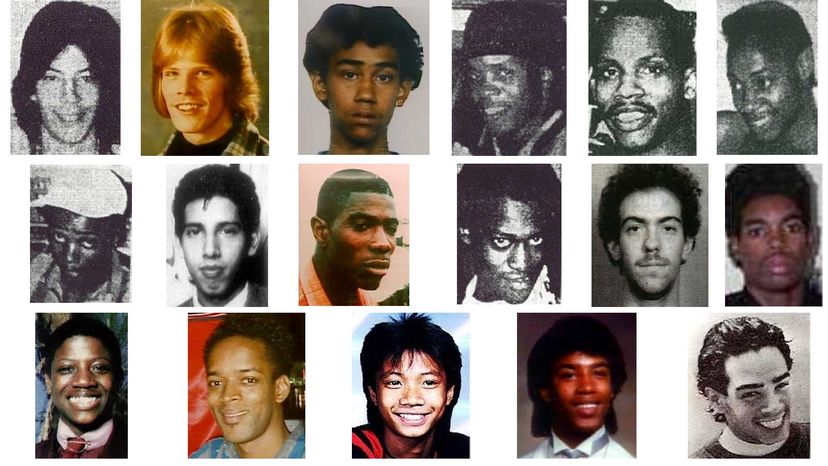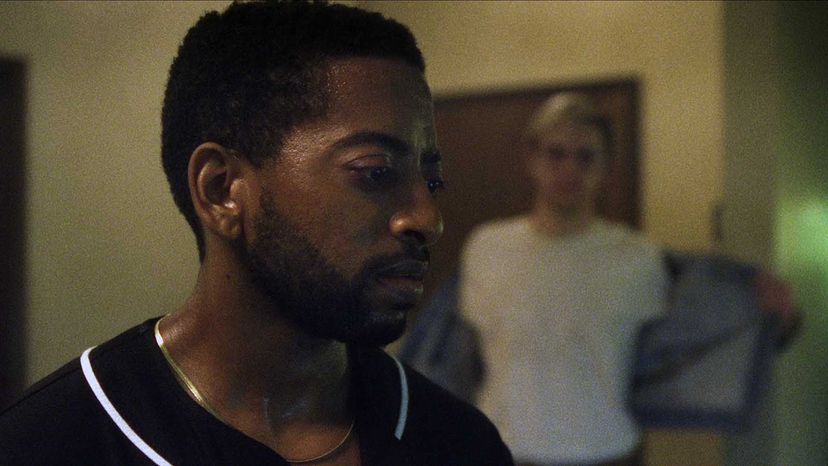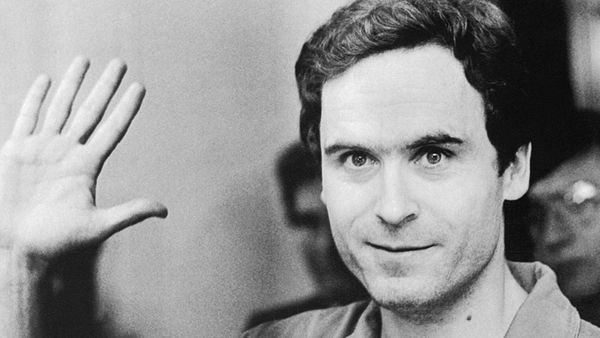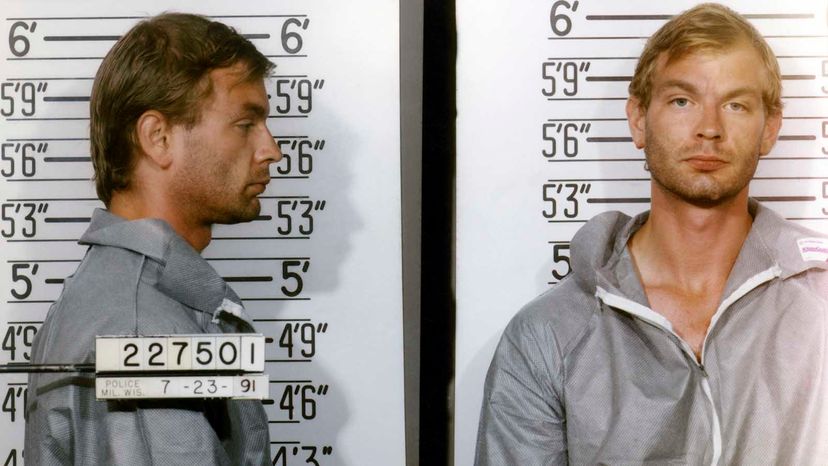
Key Takeaways
- Netflix docuseries "Monster: The Jeffrey Dahmer Story" is highly rated but criticized for causing trauma to victims' families.
- Jeffrey Dahmer, a notorious serial killer, murdered 17 men and boys, mostly Black and Asian gay men, between 1978 and 1991.
- Despite multiple encounters with police, Dahmer was finally caught when victim Tracy Edwards escaped and reported the crimes, leading to his arrest and confession to 17 murders.
The new Netflix docuseries "Monster: The Jeffrey Dahmer Story" debuted Sept. 21, and is one of its highest-rated programs ever, despite cries from families of Dahmer's victims who say they weren't consulted and that the show is causing them trauma once again. It also, once again, puts the spotlight on Jeffrey Dahmer, arguably one of the world's most famous serial killers who operated mostly in Milwaukee, Wisconsin, between 1978 and 1991.
Dahmer murdered his first victim even before he graduated from high school in 1978. He eventually murdered 16 more men and boys — mostly Black and Asian gay men — in especially heinous ways, and by his own accounts to the FBI, the police could have caught him many times but failed to.
Advertisement
"Americans have been obsessed with murderers since the days of public executions in Puritan times, but we started consuming crime as pop culture in the early 1800s when the penny press realized that murder sells newspapers," says Adam Golub, professor of American studies at California State University, Fullerton and co-editor of "Monsters in the Classroom: Essays on Teaching What Scares Us."
So, what's the real story on Jeffrey Dahmer? How did he justify his horrific crimes? And what could have possibly made him turn to cannibalism? Here's the scoop straight from Dahmer's own words and the FBI files on his case.
Advertisement
